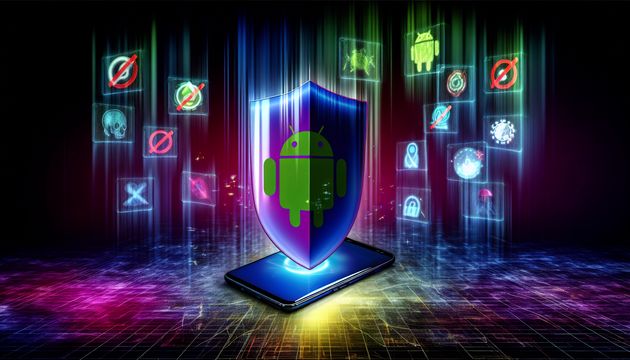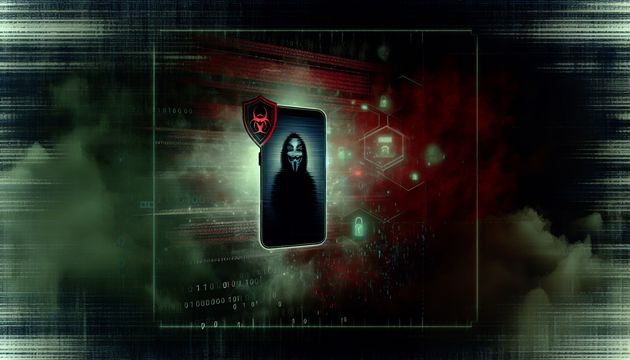
Hackers Exploit ConnectWise ScreenConnect Using Authenticode Stuffing
Hackers have found a new way to exploit ConnectWise ScreenConnect, a popular remote access tool, by using a technique known as Authenticode stuffing. This method involves manipulating the digital signature verification process to embed malicious code within software that appears legitimate. By embedding malicious payloads within the configuration table of the software, attackers can bypass Windows’ hash verification, allowing the modified software to maintain its legitimate digital signature. This technique has been notably exploited in the “EvilConwi” campaign, where attackers disguise the malicious software as an AI-to-image converter, further obfuscating its true nature (Cyber Web Spider Blog).
Understanding the Threat: Hackers Turn ScreenConnect into Malware Using Authenticode Stuffing
Exploitation of Authenticode Stuffing
Authenticode stuffing is a technique where attackers manipulate the digital signature verification process to embed malicious code within software that appears legitimate. In simpler terms, it’s like sneaking a harmful ingredient into a dish without changing its appearance or taste. This method has been notably exploited in the case of ConnectWise ScreenConnect, a widely used remote access tool. By embedding malicious payloads within the configuration table of the software, attackers can bypass Windows’ hash verification, allowing the modified software to maintain its legitimate digital signature. This technique is particularly insidious as it enables the malware to evade detection by traditional security measures. The Cyber Web Spider Blog highlights how this method has been used in the “EvilConwi” campaign, where attackers disguise the malicious software as an AI-to-image converter, further obfuscating its true nature.
The Role of Remote Access Tools in Cyberattacks
Remote Access Tools (RATs) like ConnectWise ScreenConnect are designed for legitimate purposes, allowing IT professionals to manage systems remotely. However, their inherent capabilities make them attractive targets for cybercriminals. As reported by Cofense Intelligence, these tools are increasingly being hijacked to deliver malware, taking advantage of their ability to bypass user suspicion and traditional security defenses. The exploitation of RATs is part of a broader trend where legitimate software is repurposed for malicious activities, posing significant challenges for cybersecurity professionals.
Impact on Financial Organizations
The misuse of ConnectWise ScreenConnect has had a pronounced impact on financial organizations. Attackers have leveraged phishing campaigns, often themed around invoices, to distribute malware-laden executables. These campaigns are linked to the CHAINVERB backdoor, associated with the financially motivated UNC5952 threat group. By embedding command-and-control (C2) URLs within digital certificates, attackers add a layer of stealth to their operations, making detection and mitigation more challenging. The Cyber Press reports that this wave of malicious activity has primarily targeted financial institutions, emphasizing the need for heightened vigilance in this sector.
Challenges in Detecting and Mitigating Threats
The use of Authenticode stuffing complicates the detection and mitigation of threats. Traditional security solutions rely on digital signatures to verify the integrity and authenticity of software. However, when attackers manipulate these signatures, it becomes difficult for security tools to distinguish between legitimate and malicious software. Imagine trying to spot a fake painting that looks exactly like the original. This challenge is exacerbated by the fact that the modified software can pass integrity checks, as noted by Cyber Web Spider Blog. Organizations must adopt advanced threat detection techniques, such as behavioral analysis and anomaly detection, to identify and respond to these sophisticated attacks.
Recommendations for Organizations
To protect against the misuse of remote access tools, organizations should implement a multi-layered security strategy. This includes regularly updating software to patch known vulnerabilities, as highlighted by the release of ScreenConnect version 25.2.4, which addresses the ViewState dependency (CyberMaterial). Additionally, organizations should conduct thorough assessments of their systems for signs of compromise and isolate affected servers if necessary. Implementing robust access controls, monitoring network traffic for unusual activity, and educating employees about phishing tactics are also critical measures to mitigate the risk of exploitation.
In summary, the exploitation of ConnectWise ScreenConnect through Authenticode stuffing underscores the constant evolution of cyber threats. By understanding the techniques employed by attackers and implementing comprehensive security measures, organizations can better protect themselves against these sophisticated attacks.
Final Thoughts
The exploitation of ConnectWise ScreenConnect through Authenticode stuffing highlights the relentless innovation of cybercriminals. As attackers continue to find new ways to bypass traditional security measures, organizations must adopt advanced threat detection techniques, such as behavioral analysis and anomaly detection, to identify and respond to these sophisticated attacks. Implementing a multi-layered security strategy, including regular software updates and robust access controls, is crucial to mitigating the risk of exploitation (CyberMaterial). By understanding the techniques employed by attackers and implementing comprehensive security measures, organizations can better protect themselves against these sophisticated attacks.
References
- Cyber Web Spider Blog. (2025). Hackers abuse ConnectWise to hide malware. https://cyberwebspider.com/blog/security-week-news/hackers-abuse-connectwise-to-hide-malware/
- Cofense Intelligence. (2025). ConnectWise ScreenConnect tops abused RATs. https://hackread.com/connectwise-screenconnect-tops-abused-rats-2025/
- Cyber Press. (2025). Hackers continue exploiting ConnectWise ScreenConnect tool. https://cyberpress.org/hackers-continue-exploiting-connectwise-screenconnect-tool/
- CyberMaterial. (2025). Patch released for ScreenConnect flaw. https://cybermaterial.com/patch-released-for-screenconnect-flaw/



